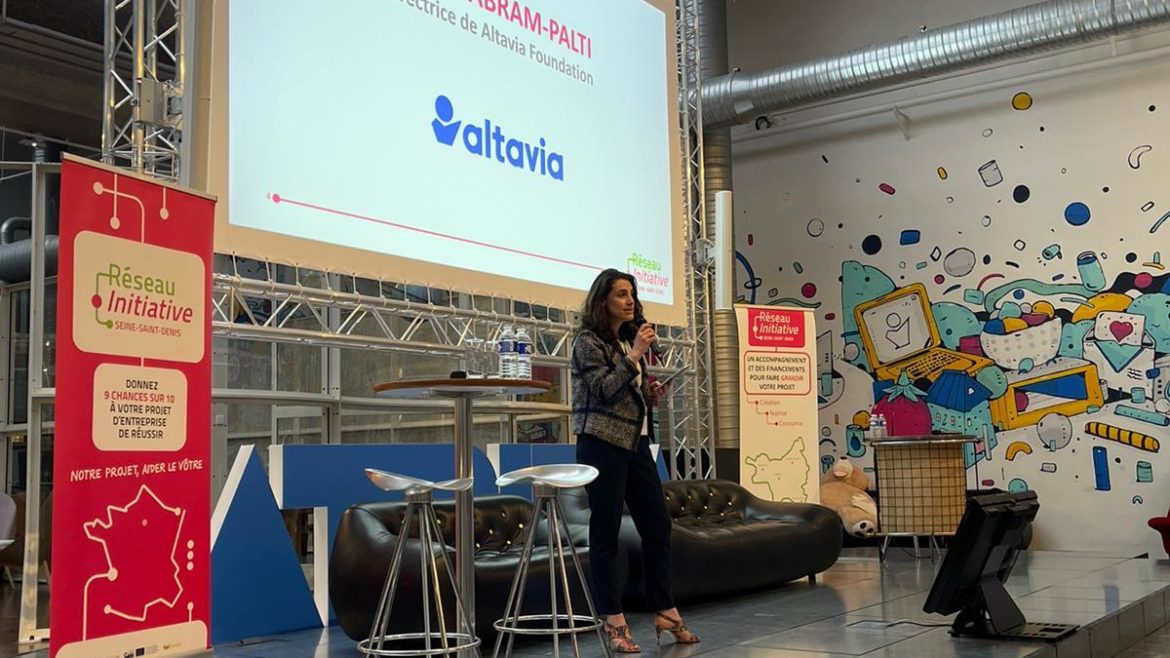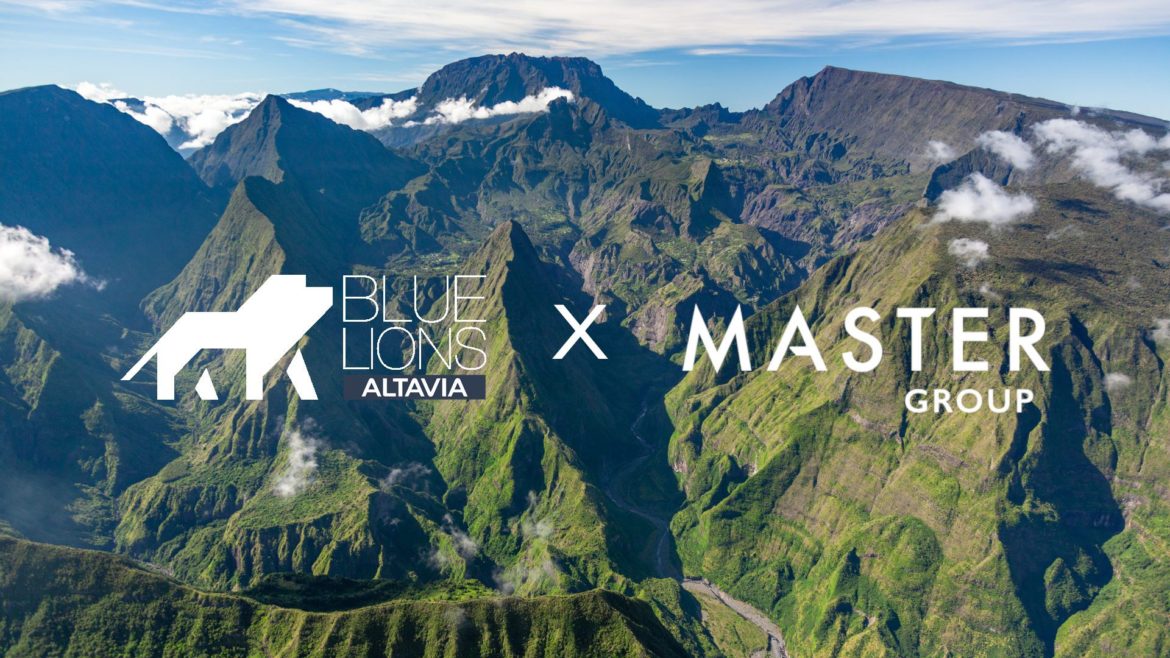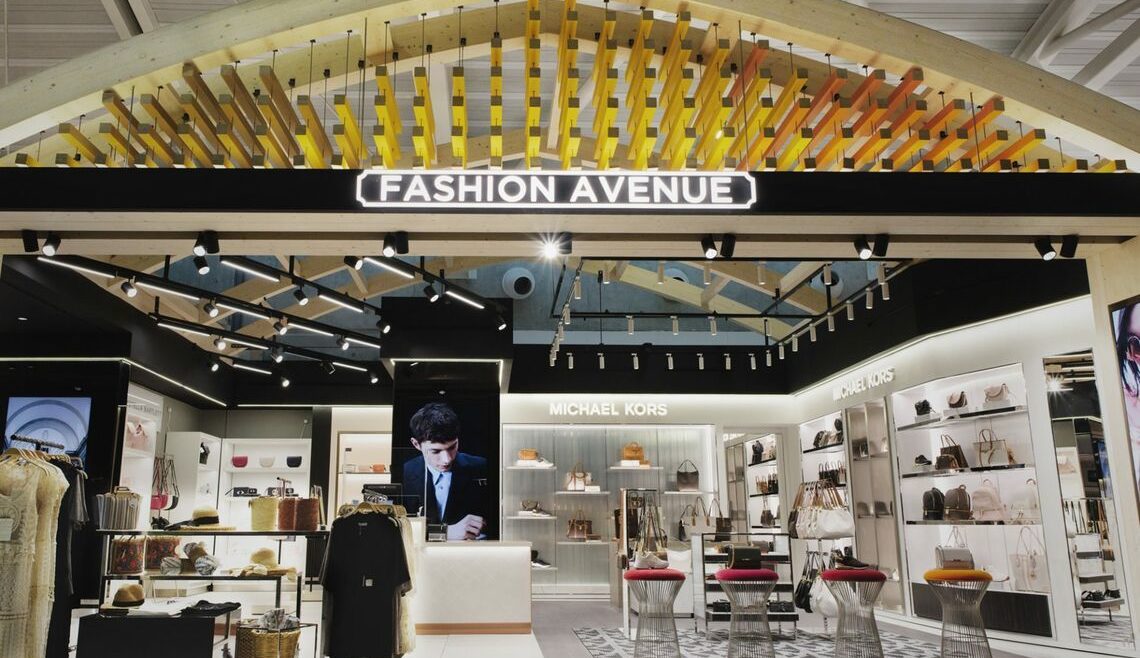Chain of emissions
Server rooms, data centers, cloud computing, data networks, and finally user devices all consume electricity while generating vast amounts of carbon dioxide. Referring to a report by the Royal Institute of Technology in Stockholm – the internet is responsible for consuming about 10% of the world’s electricity needs, with a projected increase of up to 20% by 2025.
Each visit to a website generates from ten to several dozen requests for website resources, which consume electricity and are responsible for CO2 emissions. The average amount of carbon dioxide generated when visiting a site is 1.76g. If we multiply it by the number of page views, it turns out that we contribute to the production of several kilograms of greenhouse gasses daily. For example, with an average of 10,000 page views per month, it gives 211 kg of CO2 per year 1.
For the 2021 list of the top 10 most popular websites in the world, only half are “green” with lower emissions than the statistical average. The other part deviates significantly from the rest, meeting only part of the guidelines and best practices. For these sites, there is definitely room for further optimization.
1. google.com – 0,09 g CO2
2. youtube.com – 1,97 g CO2
3. facebook.com – 0,23 g CO2
4. wikipedia.org – 0,04 g CO2
5. yahoo.co.jp- 0,76 g CO2
6. amazon.com – 1,80 g CO2
7. instagram.com – 0,82 g CO2
8. twitter.com – 1,22 g CO2
9. yahoo.com – 1,25 g CO2
10. yandex.ru – 1,17 g CO2
Who has a part to play in reducing emissions?
Server and data center owners, as well as cloud and hosting providers, have been working to reduce their carbon footprint for several years. For example, Google has been carbon neutral since 2007. Other ITC industry giants are declaring to achieve carbon neutrality e.g. Apple by 2030, Amazon by 2040 and Microsoft recently announced that by 2050 it will remove the pollution it has generated since its founding in 1975.
With the growing consumption of online content, it is impossible to reverse the worldwide trend and influence users to reduce the amount of browsing, movies and TV series watched or time spent playing games online, not to mention the growing popularity of VR and AR technology or the predicted evolution of the Internet to the Metaverse. In 2020, the estimated total data transfer on the Internet was 3 zettabytes, or 3.2 billion terabytes. Further increases in the amount of data transferred are expected and could reach 4.8 zettabytes in 2022.
What’s worrying is the trend of increasing page weight and consequent number of queries. In November 2010, the medians for the analyzed pages were 400 KB and 50 queries, respectively. By October 2021, they had increased to 2200 KB and 74 queries. Over 11 years, web application resources have grown by 371% with a 27.5% increase in the number of queries generated. The good news is the growth has slowed down over the last two years, year-to-year page sizes in 2020 and 2021 grew by only a few percent with the number of queries unchanged.
The transfer and storage of 1 gigabyte of data on the Internet requires between 0.004 kWh/GB and 136 kWh/GB, 38% of which is generated on user devices. It is the representatives of the Internet industry, designers and developers of web applications who influence the optimization of websites in terms of performance, speed, weight and content. This has a massive impact on reducing data transfer and directly translates into reduced emissions.
Is SEO green?
Can search engine optimization be environmentally friendly? After all, increasing website traffic and page views will increase energy consumption and carbon emissions. According to a BrightEdge report, 53.3% of global website traffic comes from organic search 4 . By creating friendly and relevant pages responding to the needs and queries of users, we keep them on the site and minimize the number of pages viewed when searching for particular keywords. This allows us to have a real impact on reducing the number of searches and pages viewed. Assuming that our application is built according to the guidelines and optimized in terms of resource usage then the total energy consumption and associated CO2 emissions per user is lower. SEO optimization, good UX and relevant content go hand in hand with saving the planet.
Green UX
The growing awareness in the industry and the increasingly popular sustainability in the approach to application design and implementation give hope for a real reduction in Internet emissions. The second factor is the increasing use of mobile devices year after year, which amounted to 54.8% of web traffic in the first quarter of 2021.
The answer to user behavior is the idea of Mobile First Design. Beginning with the development of applications for devices with the lowest resolution makes it possible to minimize resources and pay particular attention to functionality and usability. This translates into a more refined interface, shortening the number of steps to get to the information and reducing the number of page views on the user’s path within the website. In terms of the number of page sessions, it has a significant impact on reducing energy consumption and carbon dioxide emissions.
The next step in creating sustainable web applications is to increase speed and cut load times. Reducing and minimizing resources affects the number and size of queries between the application server and the end device – the smallest resource is the one never requested. The best solution is to abandon dedicated fonts and use safe system versions instead, avoiding video content and large images. It is also important to use modern graphic formats. The more so because in 2020 Apple implemented support for the WebP format in the Safari browser, starting with iOS 14 and macOS 11 Big Sur. This has translated to nearly 96% of devices compatible with the new image format. This gives a real opportunity to reduce the weight of graphics posted on websites by 20-30%.
Optimized, clean code that executes faster on servers and user devices reduces the load and usage of RAM or CPU, among other things, which results in reduced energy consumption and greenhouse gas emissions. Using up-to-date libraries, languages and tools, often more optimized for performance, is also vital.
The last piece of the puzzle is to use methods of caching static resources by the website server or by using cloud solutions such as CDN – Content Delivery Network. This approach is part of the recommended, i.e. by Google, best practices for creating websites. It is worth stressing it and putting more emphasis on the extended optimization within the conducted projects. This will result in increased user satisfaction and reduced carbon footprint of the Internet.
Progressive Web Apps
The fastest request is the one that was never sent. Such a scenario is achievable utilizing a progressive web app, allowing users’; devices to be used to store resources such as graphics, styles, scripts and even entire pages. This has a tangible effect on reducing data transfer. Moreover, it decreases energy consumption to that needed to display the saved local version of the page. Unfortunately, despite the great optimization possibilities, the solution is not widely used. In the first half of 2019, it was implemented on only 0.3% of websites and web applications. In contrast, this period was followed by a significant increase in the use of PWA technology to 1.3% in October 2021.
Are emails green?
Most sites offer functionalities like newsletter sign-up, email support questions, password reminders and other notifications, and, as with e-commerce, automatic information about order status. This is an additional source of emissions indirectly linked to web applications. In 2020, 306 billion messages sent across the internet generated a lot of web traffic, which will grow to almost 320 billion in 2021. The estimated CO2 emission of sending one email is between 1 and 4 grams. Combining the above data, the global carbon footprint of e-correspondence in 2021 can be estimated at about 750 thousand tons of carbon dioxide. By creating a message template, we have an impact on reducing its weight. Similarly as for the pages themselves, limiting the use of graphics and their mandatory optimization as well as using safe fonts, will reduce the amount of data transmitted and stored on servers. Additionally, replacing attached files, documents or invoices by sending a link to a resource available after logging in is a good practice that should be implemented. E-mail messages are unquestionably a better alternative for conveying information than their paper counterparts. What’s more, by following a few simple rules of their construction, we can further reduce their environmental impact on our planet.
Make the web a better place
Optimizing websites, increasing visibility in search engines and improving user experience is consistent with the reduction of greenhouse gasses emitted by using web applications. It is worth informing and educating both people in the interactive industry and website owners about the benefits of implementing sustainable web applications. Emerging initiatives such as sustainablewebmanifesto.com, aimed at bringing together designers and developers, seek to promote awareness of the risks associated with the growing use of the Internet and ways to mitigate them. Working to optimize and improve the quality of apps is an essential first step to creating a more sustainable and responsible web.







